Everyone knows the kitchen is the heart of the home. It’s where we hang out, host gatherings and whip up food to feed our souls. So when it comes to renovating the kitchen, you want to get the most out of your investment.
In Canada, people are spending more than ever on home improvement projects. In the first half of 2021, Canadians spent an extra 66 per cent on such ventures. Of those who wanted to improve their homes, kitchen renovations were at the top of the list.
Unfortunately, prices have gone up as well: in July 2023, the average kitchen remodelling cost was up to $30,944 (or $195 per square foot), but could climb up to $50,000 and higher depending on the choice of appliances and materials.
If you want to invest in your own kitchen but don’t want to break the bank, be sure to avoid these costly kitchen renovation mistakes.

Failing to Plan
The first thing any home improvement seeker should do is plan their renovation. That’s especially true when it comes to the kitchen. If you’re wondering how to plan a kitchen renovation, start with the basics. Consider the layout, choose a cabinetry style, plan your flooring, appliances and storage, and then take small details into account. Beyond the renovation itself, also plan for delays, storage and deliveries. You know what they say: failing to plan is planning to fail. And in this case, it could mean major dollars.
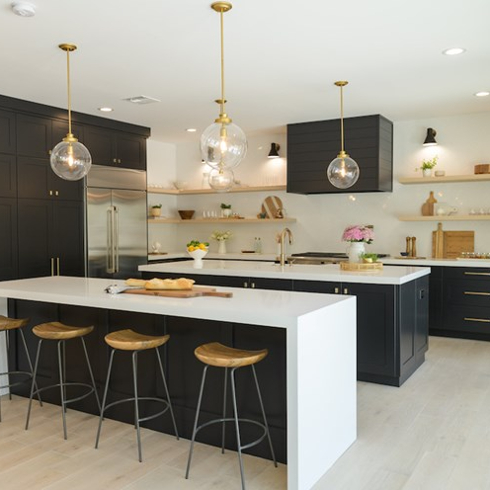
Underestimating Costs
Budgeting your kitchen renovation is a big part of planning. One of the first things you should do is figure out how much you want to spend, then stick to that amount. Account for price changes and unexpected costs (it’s a good idea to set aside roughly 20 per cent of the budget for this), make a list of your priorities, know the specific details of how you will pay for this reno and track every expense. Don’t forget hidden costs too, like the price of eating out or staying at a hotel if your home is uninhabitable for a period of time. Failing to do so can result in a number of charges you just weren’t prepared to pay.
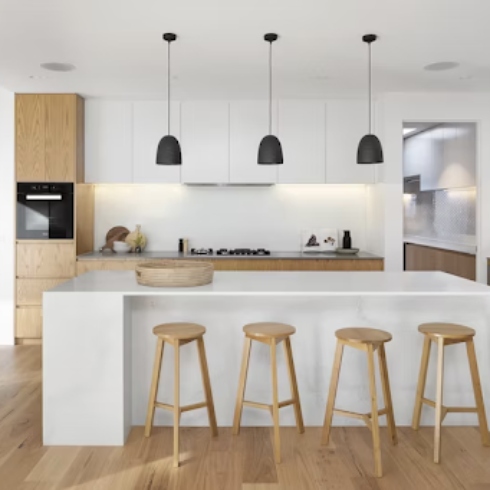
Forgetting Lighting and Electrical
The little things in a kitchen can bring joy, like properly layered lighting or an outlet where you need it most. So, the last thing you want is to wrap your kitchen reno only to realize that you should have added an outlet by a prep counter or that it’s too dark when washing dishes. Remember to incorporate those kinds of details into your initial plan, otherwise it may be expensive to go back and edit.
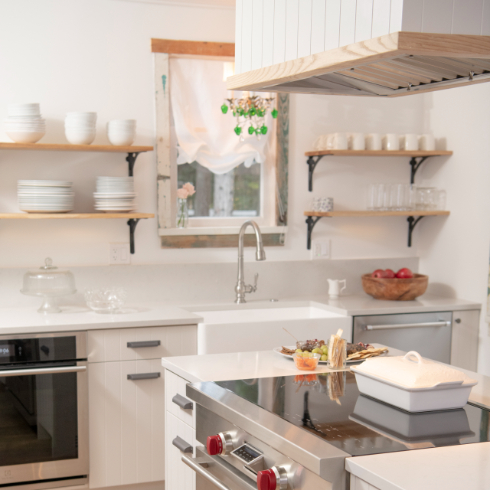
Not Working With Your Space
When you’re dreaming about a kitchen renovation, you may picture a large kitchen island, upper cabinets, or a ton of built-in features. In reality though, always plan your renovation to your space—otherwise you may need to change it later. A large island is great if you have the room for it, but if your kitchen is smaller, you may want to pivot. Meanwhile if you have low ceilings, you may want to skip the upper cabinetry in favour of floating shelves that keep the space open and airy.

Not Assessing Your Cabinets
Do you need new cabinets or can you paint your existing ones? The answer will depend on several factors. Although you can save money by painting cabinets, don’t just assume you’ll be able to. Assess how functional your current space is and whether the placing of the current cabinetry works for you. If the answer is yes, ensure the cabinets are good quality and that they’re a material that can be painted. Plastic, laminate and thermofoil cabinets require special paints or techniques to update, whereas wood, laminate, veneer and fiberboard are easier to update.

Scheduling Your Installations Out of Order
The order in which you install the various components of your kitchen matters. When you can, install cabinets before flooring, particularly if you’re using a flooring material that needs to expand and contract—cabinetry can restrict that process. Depending on your materials, putting cabinets in first often minimizes the potential for floor damage (and costly repairs). Similarly, installing countertops after cabinetry allows for a smoother install, and less potential damage.
As for appliances? Select them at the same time as your cabinetry. The last thing you want is for the appliances to not fit your space. Plus, selecting them together ensures you’ll have a complementary design.
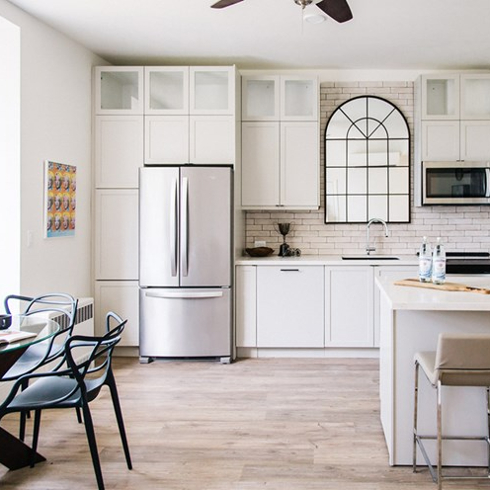
Choosing the Wrong Floors
Flooring function in a kitchen matters, and failing to recognize that early on in your kitchen renovation can translate into a costly fix. Hardwood flooring in the kitchen is fine (so long as it’s a pre-sealed hardwood with a proper finish), but consider the wear-and-tear of the space. Not only is the kitchen one of the most used areas in the house, but it’s a space where accidents tend to happen while cooking and eating. Ensure your material is up to the task.
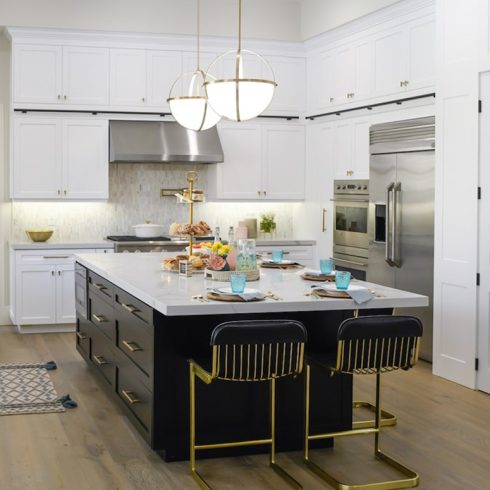
Forgetting Function
Style is great, but it shouldn’t come at the expense of function. The kitchen triangle (the space between your stove, sink and refrigerator) is essential in any cooking space. All three should be within a few feet from one another (but not too close!) for the most efficient use of space. Plotting out a kitchen without this essential trifecta can result in frustration and, eventually, a costly fix. That’s especially true down the line if you sell, and a buyer is expecting this standard format.
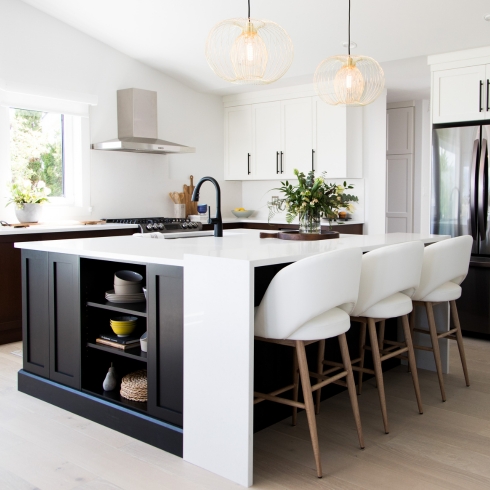
Wasting Space
You may love an open concept, but does it come at the expense of storage? Kitchens without proper storage space tend to become cluttered and disorganized quickly. Ensure your design has plenty of space to store everything you think you’re going to need to stash away, plus a bit of bonus storage. Look for any and all opportunities to create extra storage, too, so that you don’t regret it later on.

Incorporating Too Many Trends
Home renovation trends come and go, and while it can be tempting to spend your money on the latest colours or designs, remember that you probably don’t want to renovate your kitchen again anytime soon. You can swap some things, like wall paint, light fixtures or accents, out at a more reasonable price. Others choices, such as cabinets and countertops, will cost a lot more to replace if you grow tired of the trend.
HGTV your inbox.
By clicking "SIGN UP” you agree to receive emails from HGTV and accept Corus' Terms of Use and Corus' Privacy Policy.




